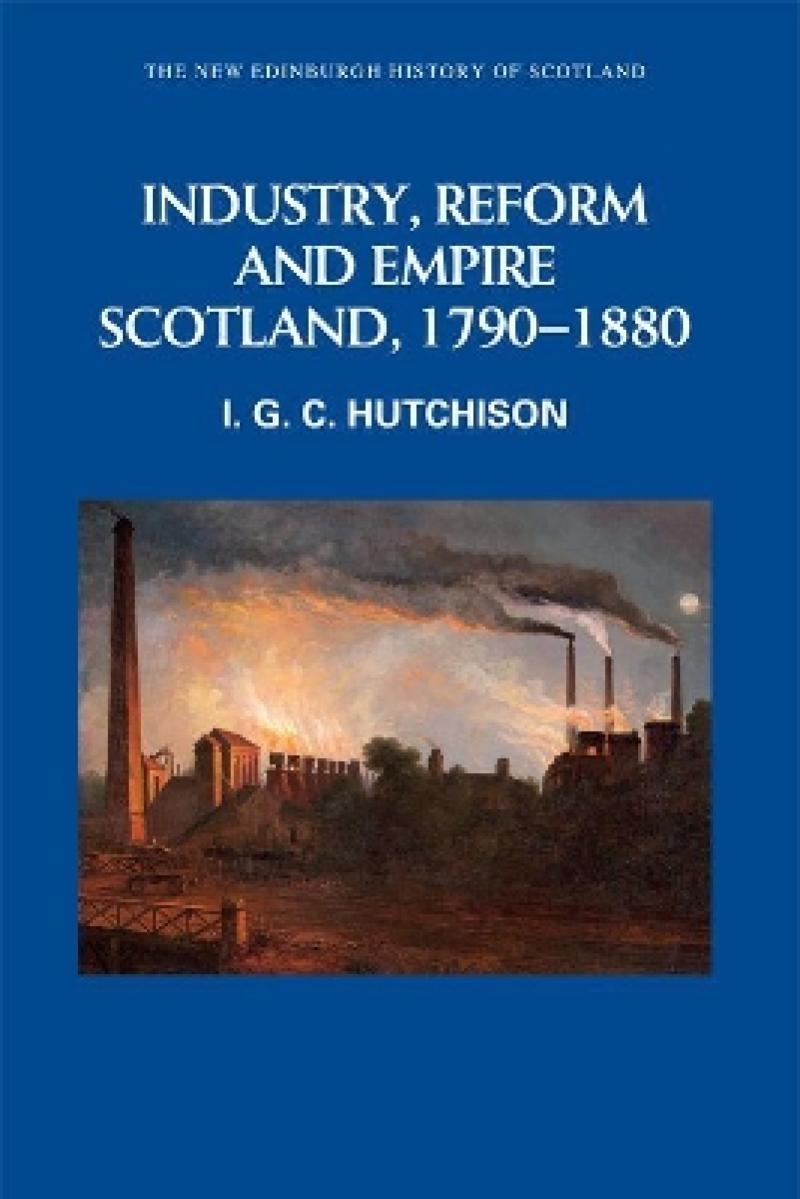Explores how cultural conceptions of mobility and the road contribute to identity and culture in early modern Britain
Opens new windows on early modern culture, subjectivity and perceptions around the experience of the road and how that shapes the idea of the road itselfOffers insight into the ways both the bare boards of the stage and prose narratives were used to imagine road journeys and the intersections between public and private spaceEnhances historical understanding of the literal place of theatre in the road networks around early modern LondonProvides a crucial ligature in English literary and cultural history. The present plays and prose are prolegomena to the travel literature of Montagu, Swift, Boswell and Johnson in the Hebrides, Sterne’s Sentimental Journey, Fielding’s Tom Jones, and peripatetic Civil War narratives
This book brings together thirteen essays, by both established and emerging scholars, which examine the most influential meanings of roads in early modern literature and culture. Chapters develop our understanding of the place of the road in the early modern imagination and open various windows on a geography which may by its nature seem passing or trivial but is in fact central to all conceptions of movement. They also shed new light on perhaps the most astonishing achievement of early modern plays: their use of one small, bare space to suggest an amazing variety of physical and potentially metaphysical locations.
Les mer
This book brings together thirteen essays, by both established and emerging scholars, which examine the most influential meanings of roads in early modern literature and culture.
Introduction: Allegories, Economies and Resonances of the Road, Bill Angus and Lisa Hopkins
Part I. Shakespeare’s Roads
Chapter 1. The Low Road and the High Road: Macbeth and the Way to Scotland, Lisa Hopkins
Chapter 2. Uncolting Falstaff: The Oats Complex and Energy Crisis in 1 Henry IV, Todd Andrew Borlik
Chapter 3. The Night, the Crossroads and the Stake: Shakespeare and the Outcast Dead, Bill Angus
Chapter 4. Gender, Vagrancy, and the Culture of the Early Modern Road in As You Like It, Karalyn Dokurno
Chapter 5. Traversing Monstrosity: Perilous Women and Powerful Men upon Shakespeare’s Roads, Sharon Emmerichs
Part II. The Embodied Road
Chapter 6. Not So Tedious Ways to Think about the Locations of the Early Playhouses, Laurie Johnson
Chapter 7. Wandering Fools and Foolish Vagrants: Folly on the Road in Early Modern English Culture, Alice Equestri
Chapter 8. ‘Fallen Am I in Dark Uneven Way’: Wandering from the Road in Early Modern Folklore and Drama, Jennifer Allport Reid
Chapter 9. ‘I must abroad or perish!’: The Meta-theatre of the Road in Brome’s A Jovial Crew, Kim Durban
Part III. Writing the Road
Chapter 10. Staging the road: walking, talking, footing, Robert Stagg
Chapter 11. The Road to Damascus and the Road to Hell in Philip Massinger’s The Renegado: Islamic England and the Pauline Crossroads, Paul Frazer
Chapter 12. How Margaret Cavendish Mapped a Blazing World, Marion Wynne-Davies
Chapter 13. ‘The King’s Highway:’ Reading England’s Road in The Pilgrim’s Progress, Part I., Martha Lynn Russell
Conclusion, Lisa Hopkins and Bill AngusIndex
Les mer
Opens new windows on early modern culture, subjectivity and perceptions around the experience of the road and how that shapes the idea of the road itself
Produktdetaljer
ISBN
9781474454117
Publisert
2019-12-17
Utgiver
Edinburgh University Press; Edinburgh University Press
Vekt
558 gr
Høyde
234 mm
Bredde
156 mm
Aldersnivå
P, 06
Språk
Product language
Engelsk
Format
Product format
Innbundet

